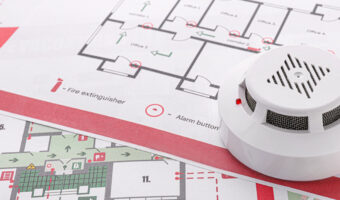Fire Detection and Alarm System Design
About This Course
This course aims to provide an understanding of the process of Fire Detection and Fire Alarm Design, based on international standards. It will equip participants with the necessary knowledge to design, review, comment, and accept specific engineering packages. The course covers all types of FD&A components and explains how the selection process may vary depending on site requirements.
Learning Objectives
List down the different fire signatures and how spot-type detectors work.
Evaluate the necessary documentation for a newly-designed fire detection and alarm system.
Discuss fire detection design concepts, including selection, total/partial coverage, building construction, and spacing.
Recognize the importance of manufacturer-published fire/safety guides.
Apply the concept of fire alarm notification appliances, including selection, coverage, building construction, spacing, and placement.
Illustrate an understanding of the major aspects of a Fire Alarm Control Panel (FACP), power source selection requirements, battery derating calculation, battery capacity calculation, and voltage drop of NAC circuit.
Explain how fire suppression is integrated with FACP, how the NAC circuit is integrated, and the input/output matrix.
Target Audience
- Fire Engineers
- System Designers
- Plan Reviewers
- Safety Engineers
- Project Engineers.
Curriculum
30h





